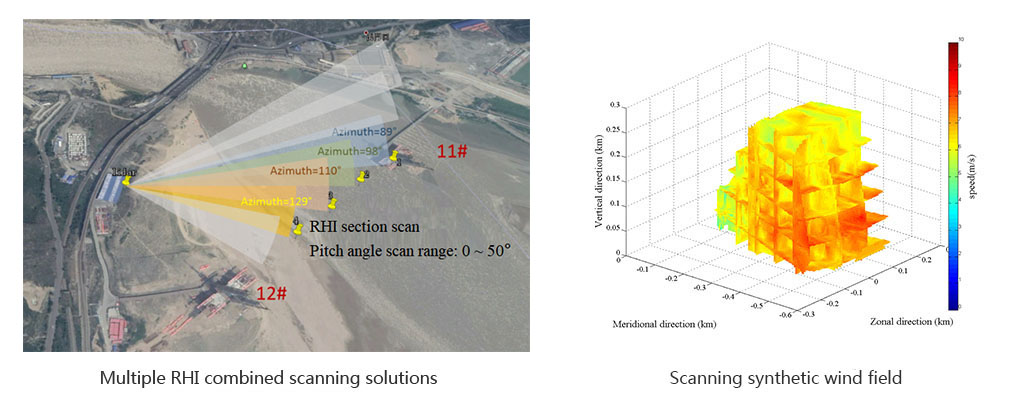The dust rising, transport and settlement all depend on the wind. The sand rising condition is closely related to the critical friction velocity u*t. In the process of transport, the dust will move with the wind, and the dynamic settlement of sand dust is related to the vertical velocity. When the subsidence movement is obvious, the dust settlement is also obvious. Different types of atmospheric boundary layer structure have different effects on sediment deposition. Through the signal-to-noise ratio (SNR), horizontal wind speed and vertical velocity, lidar can detect the process of dust rising, transportation and settling. As one of the main lidar partners for "one belt, one road" lidar network in China, Leice has participated in the construction of the northwest sand dust observation network.
The 3D lidar is used to scan the three-dimensional images at different heights. The extinction coefficient and backscattering coefficient of aerosols at different heights are calculated by using the aerosol parameter calculation method. The types and sizes of aerosols are distinguished by calculating the lidar ratio. The deposition and transport fluxes of aerosol particles are calculated according to the distribution of aerosols in different space and time.
